Bale, a place of positive vibes, history and tradition, offers an unforgettable experience that combines contemporary spirit and rich cultural heritage. Surrounded by beautiful nature, olive groves, vineyards and the sea, Bale offers something special for every visitor. Spend your days exploring the historic center, enjoy the evening programs or simply find peace in the small streets of this magical town.
Bringing together more than 1,300 inhabitants, this place attracts people with its magical ambience, greenery and blue sea. Visit Bale, rest and enjoy special moments in a very special place.
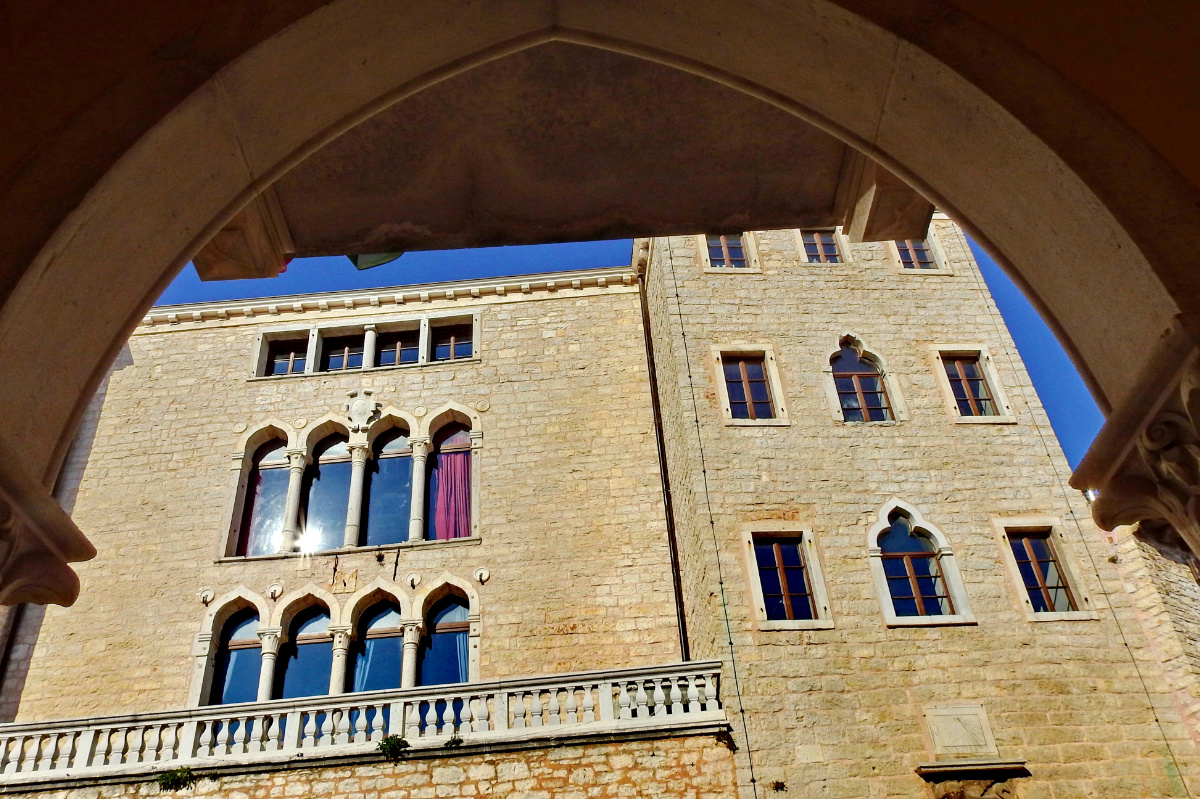
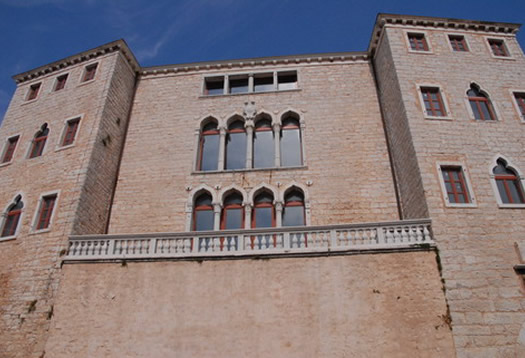
The Soardo – Bembo palace, the largest building in Bale, catches the attention of every visitor with the beauty of its renovated gothic- renaissance facade.
The castle was built at the beginning of the 16th century as a representable residential palace placed between two towers as part of town walls. It belonged to the Soardo family up until Veronica Soardo married Alvise Bembo in 1618. The palace, then, changed owners. During reconstruction, objects from a Bronze Age settlement were found in the basements.
It was included on the list of 30 most important monuments in Croatia and was completely refurbished in 2012. Almost 2 million euros were invested in its reconstruction. The money was received through the Ministry of Foreign Affairs from the Italian union and the National University of Triest.
It is today the headquarters of the Italian community of Bale. The exhibition of the most beautiful Venetian costumes the community owns is displayed on the first floor. The castle is open for public.
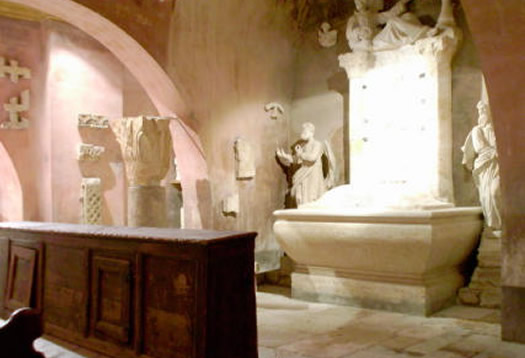
When the parish church of Visitation of Blessed Virgin Mary to St. Elizabeth was being built, many items of material heritage were carefully stored in the crypt. The crypt has a lapidary which protects many stone and archaeological sculptures and fragments of decorative stone plastic. Liturgical furniture of a locality in the vicinity of Bale (St Mary, St Mary, San Polo) from ancient times to late medieval times is also part of the crypt's treasure. The stone sarcophagus with the remains of Blessed Julian patron saint of Bale from 1595 is also kept in the crypt. His remains were transferred in 1755 to a new reliquary in the church. There's a panel from 1645 above the sarcophagus which used to mark the spot at the St Michael's monastery where the saint's body was found.
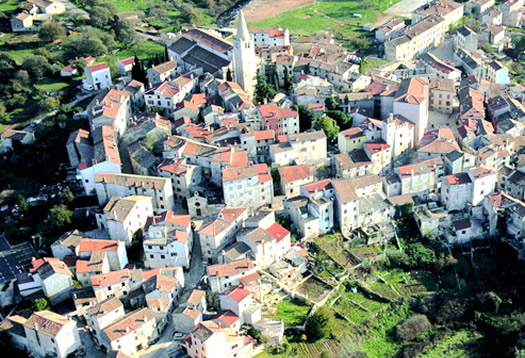
The old town core of Bale is a special urban whole built within the walls of the fort, and it has a protected status as most of the buildings within it. Most of the squat looking houses are built of stone and are connected by stone – paved alleys. The old town core, with its castle Soardo Bembo and a number of religious structures like the parish Church of the Blessed Virgin Mary's Homage to Saint Elizabeth and the crypt offers a special atmosphere to those living in Bale as well as to Bale's visitors.
It is a real luxury spending your vacation here – stone houses bleached by the bora wind, shadowy shelters of the wines above entrances, terraces and porches as well as streets with stone benches are a perfect beginning for your dream vacation.
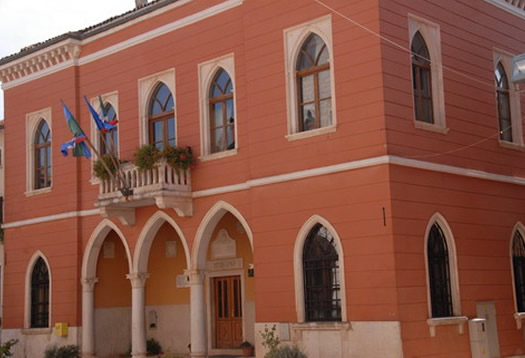
A beautiful loggia was built in the 14th century on the square paved with stone outside the city walls in front of the Town Hall, which was considerably altered in the 19th century. It was reconstructed in neogothic style with an elegant porch entrance. Various crests are built in the porch, amongst them the crest of the county of Bale – a white cross in a red surface.
The town's administration apparatus is housed in the Town Hall today. It also keeps the statute that Venice Republic ratified in 1477. Statuto del Comun de Avalle Bale is called castel de Valle, or Comun de Valle. Venice Republic gave to Bale the status of town on 16th November 1332, calling it terra Vallis or commune de terre Vallis.

Sports hall 'Bale' in recent years has become one of the main reasons why tourists and Istrians visit this magical' place. The hall won the first prize in the category of sports structures at the World's First festival of Architecture in Barcelona in 2008. Bale's sports hall competed with the giants the likes of Wembley Arena in London, Watercube Olympic Pool and Beijing Tennis Centre.
The hall is Zagreb Projection Studio 3LHD's project and it won the prize on the basis of successfully blending a modern structure into a traditional environment. The dry stone wall motif is reinterpreted through the new technology of restructured façade elements.
As the largest structure in the town, alongside the church, 'Bale' sports hall, with its primary role as a school's sports hall, serves also as a venue for many public events. It also has a sauna and wellness centre where Bale's citizens and Bale's visitors can relax.
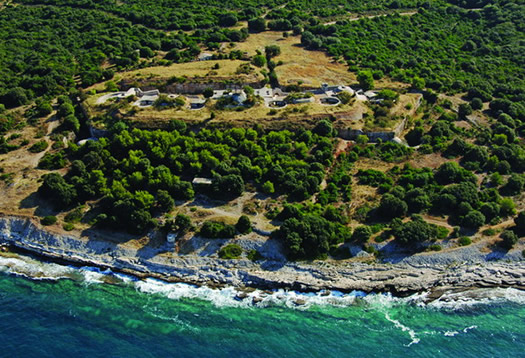
The Forts – Kazamate were built between 1898 and 1914. They belong to the most preserved examples of 19th and 20th Centuries defensive architecture. They occupy about 150 hectares of the shoreline area and are connected with a network of dirt tracks. The forts Monformo, San Benedetto, Calluzi, Paravia-east, Paravia-west and Paravia Barracks are unique fortified complexes. During the excavation many other items were found, parts of carpentry, metal works…
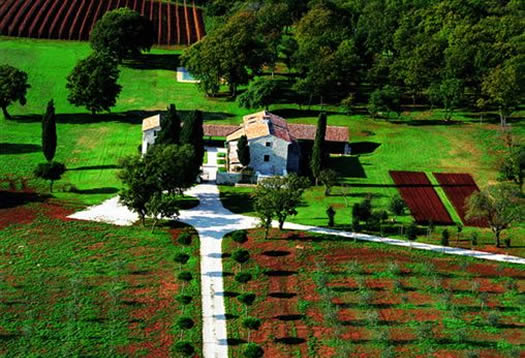
There are many homesteads in the District of Bale area. They captivate with their beauty and the way they blend with the traditional scenery. Stancija Meneghetti has been renovated, and stancija Bembo is also of historical significance. It used to belong to the Bembo family and even though it has not yet been renovated, it is worth the effort to explore it. It is located just outside Bale.
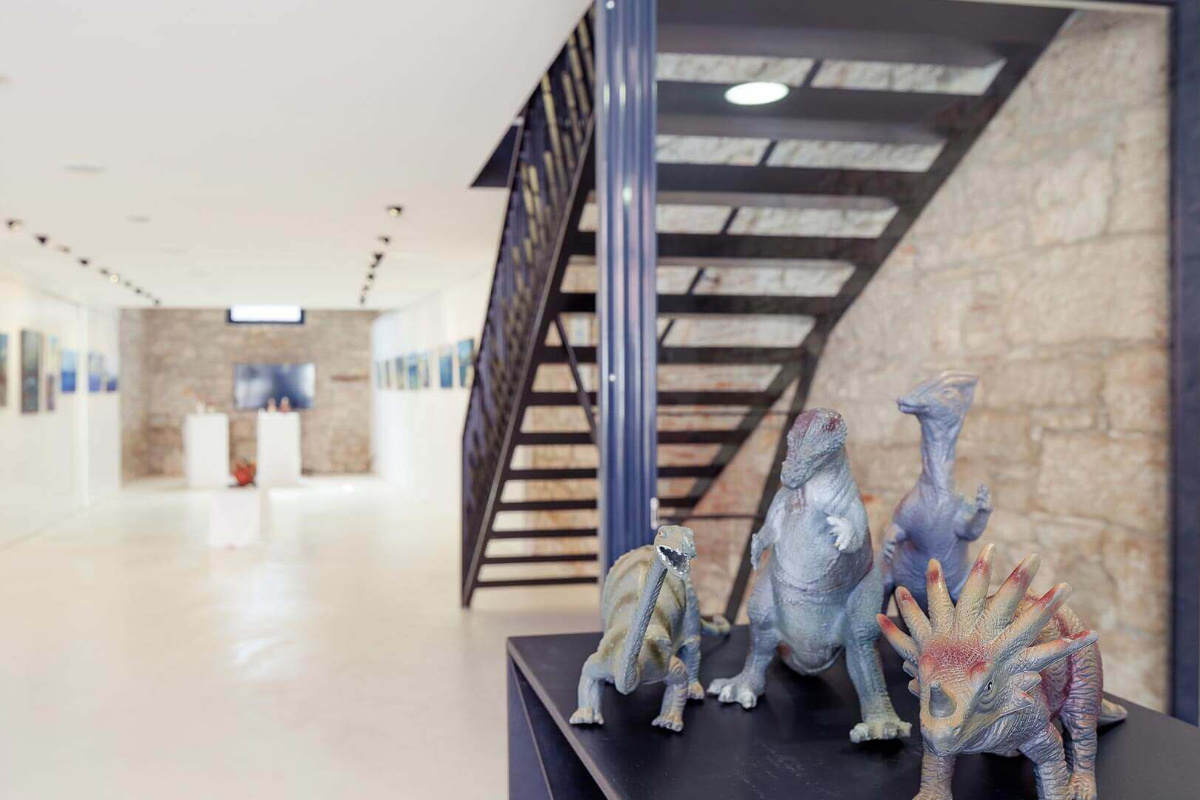
The Ulika multimedia center located on La Musa Square is a place that many tourists like to visit. By the way, La Musa Square, renovated a few years ago, is the largest square in Bale - it covers about 600 square meters. Near the entrance to Trg La Musa is MMC Ulika, which is home to two very interesting and attractive displays.
In Ulika, there is an exhibition of dinosaur remains that were discovered by the Italian Dario Boscarolli in 1992. It is precisely because of this great discovery that Bale was included in the World List of Paleontological Sites, and it is certain that it is the only site in the world that preserves the remains of dinosaurs under the sea. It should be emphasized that underwater research will continue, so it is to be believed that the Baljana collection of the remains of these monstrous creatures that once ruled the earth will be enriched with new findings. In the meantime, if you visit MMC Ulika, be sure to stop by the dinosaur model, which they say delights both children and adults. The Baljan dinosaur has the appropriate name Histriasaurus.
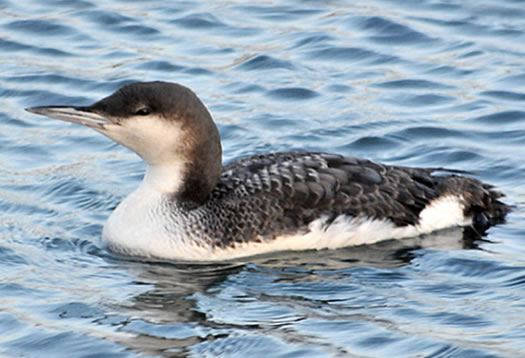
Take a little time and see different bird species and listen to their singing in MMC “Ulika”. The exhibition is developed on various levels. Stuffed birds collected by Pietro Sassaro through decades in Bale, Rovinj, Palud and surroundings are exhibited in showcases. He studied them meticulously, stuffed them and made this collection today especially valuable. We have taken the effort to describe each bird and add its authentic singing. We assure you, it is very interesting…
Descriptions of birds in PDF format ( 38 MB )
Authentic sings in MP3 format ( 57 MB )
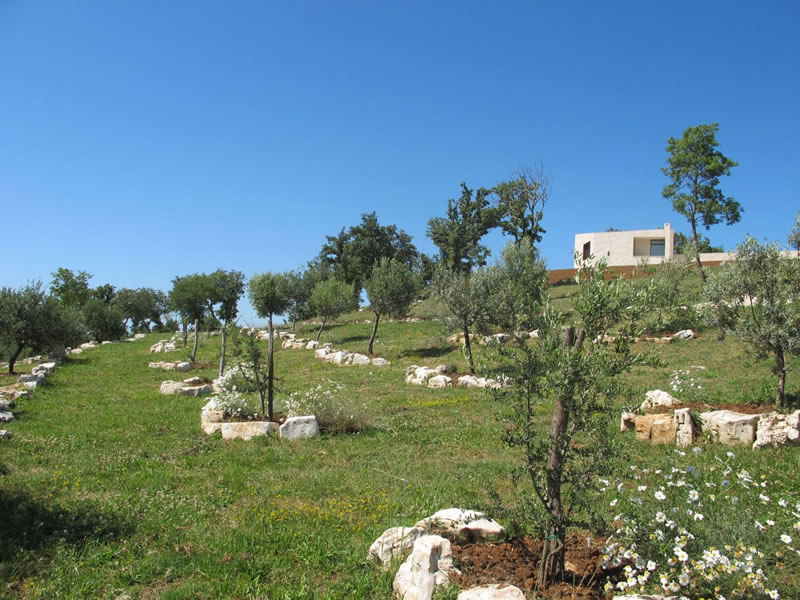
Autochtonous aromatic herb plantations: lavender, rosemary, immortelle, sage, calendula, chamomile, mint and pyrethrum.
The garden rockery represents a natural habitat for Iris Croatica.
Olive grows with traditional native sorts such as busa, rossignola and bjelica.
Vineyard with varieties such as Malvasia and Teran.
